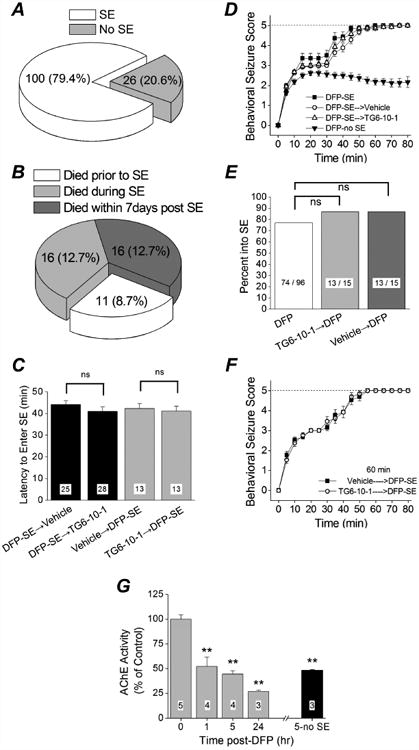Figure 2. DFP-induced status epilepticus.

A, of 126 rats administered DFP, 100 entered status epilepticus. B, percent mortality before, during and after status epilepticus. Mortality prior to the onset of status epilepticus is attributed to acute respiratory arrest caused by DFP. C, latency to the onset of status epilepticus following a single intraperitoneal injection of DFP in different groups of rats. (ns = p > .05, one-way ANOVA with posthoc Bonferroni). The number inside the bar represent the number of rats from each group. D, the mean behavioral seizure scores of rats that received a single injection of DFP only (n = 14 rats), DFP followed by 6 doses of vehicle (n = 25 rats) and DFP followed by 6 doses of TG6-10-1 (n = 28 rats) are plotted as a function of time. Also shown is the behavioral seizure activity of rats that did not enter status epilepticus (n = 16 rats). The dashed line indicates the behavioral seizure activity score at the onset of status epilepticus. E, percent of rats entering status epilepticus following a single intraperitoneal injection of DFP was not reduced by a prior injection of TG6-10-1 (p = 0.52, Fisher's exact test). F, the mean behavioral score of rats that received a single injection of TG6-10-1 (n = 13 rats) or vehicle (n = 13 rats) followed by a single injection of DFP is plotted as a function of time. The dashed line indicates the behavioral seizure activity score at the onset of status epilepticus. G, inhibition of acetylcholinesterase in rat forebrain at the given times after DFP exposure. ** = p < .01, one-way ANOVA with posthoc Dunnett's. The number inside the bar represent the number of rats in each group.
